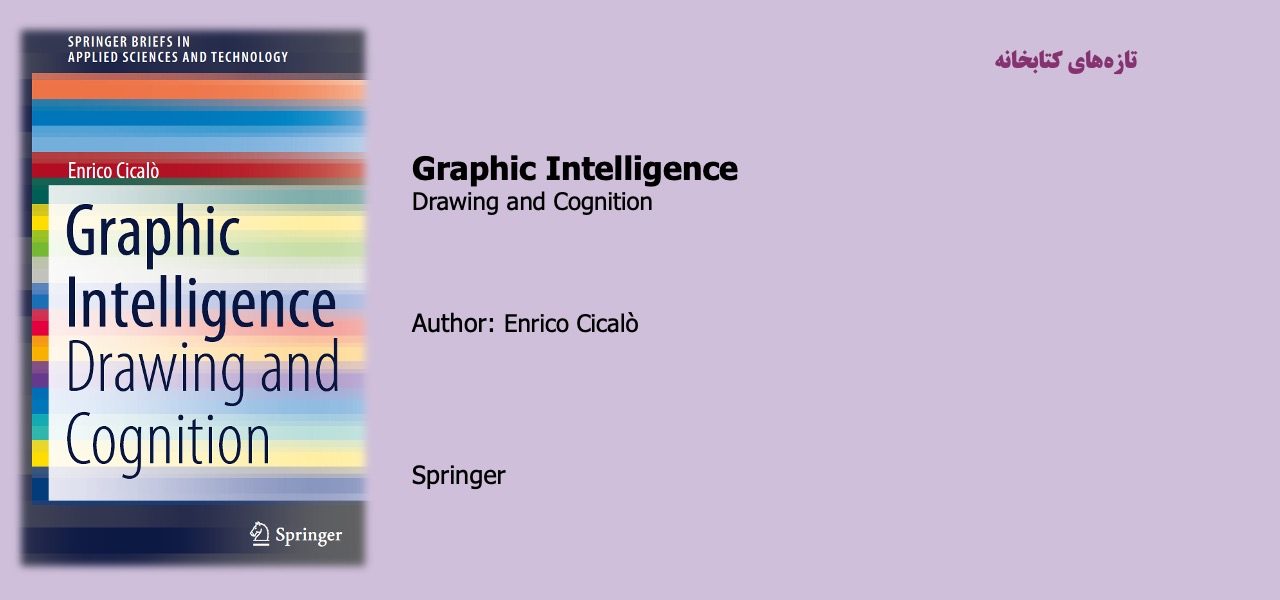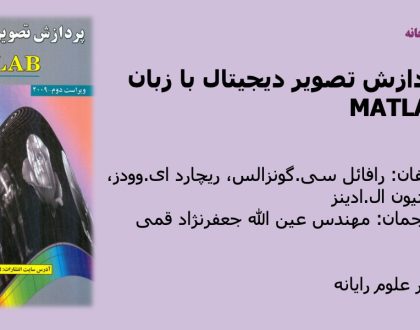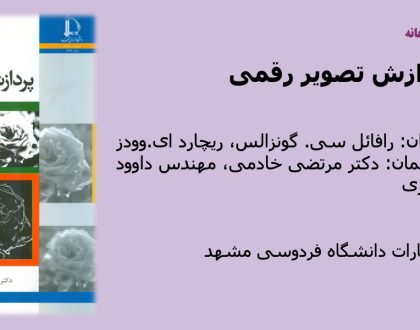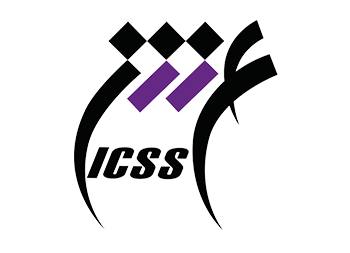Graphic Intelligence

Starting from the discussion on the theory of multiple intelligences discussed by Howard Gardner in his famous work Frame’s of Mind, this book presents and discusses the hypothesis of a particular form of intelligence, which will be named as graphic intelligence. This expression identifies the ability to use graphic abilities and, more generally, the ability to integrate the use of eye, mind and hand to solve problems of various kinds and generate effective products aimed at the creation, acquisition and communication of knowledge.
The most recent studies in the field of cognitive sciences suggest the existence of important relationships between graphic representation and cognitive development that support the idea of a graphic intelligence detectable among the other forms of intelligence capable of describing and containing a range of human intellectual competences.
As well as verbal languages, also drawing can be legitimately defined as a medium because it is not only a graphic translation of thought, but is itself a form of thought, besides being a product of thought. Thus, graphic intelligence would be confronted equally with the best-known linguistic and logical-mathematical intelligences on which the school and the curricula today tend to focus more and to complete and enrich the already investigated visual and spatial intelligences that, according to the literature produced so far on the subject, include and coordinate with the graphic skills.
مطالب مرتبط

پردازش سیگنال گسسته در زمان
۱ / شهریور / ۱۴۰۳

پردازش تصویر دیجیتال با زبانMATLAB
۱ / شهریور / ۱۴۰۳

پردازش تصویر رقمی
۱ / شهریور / ۱۴۰۳

